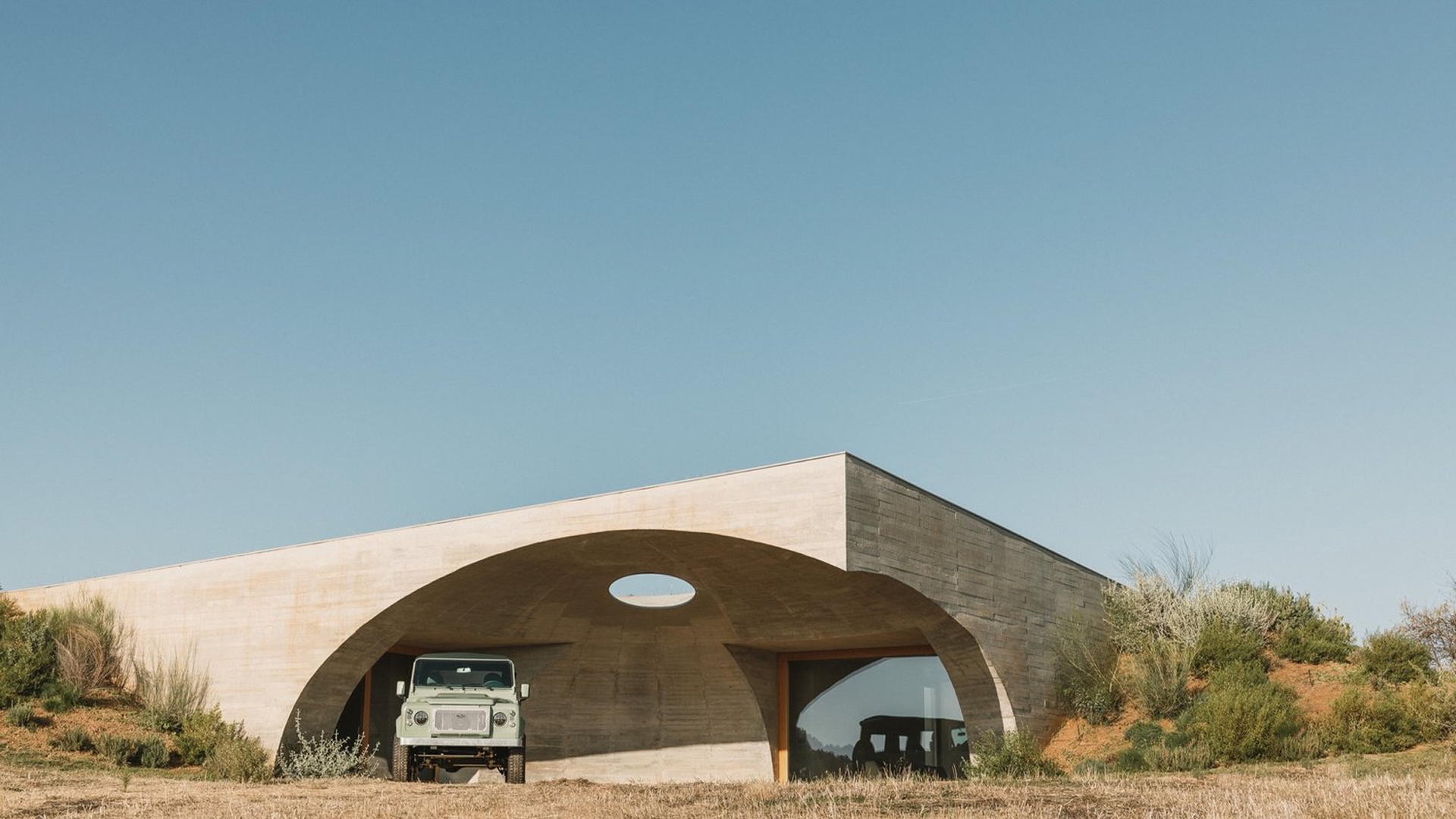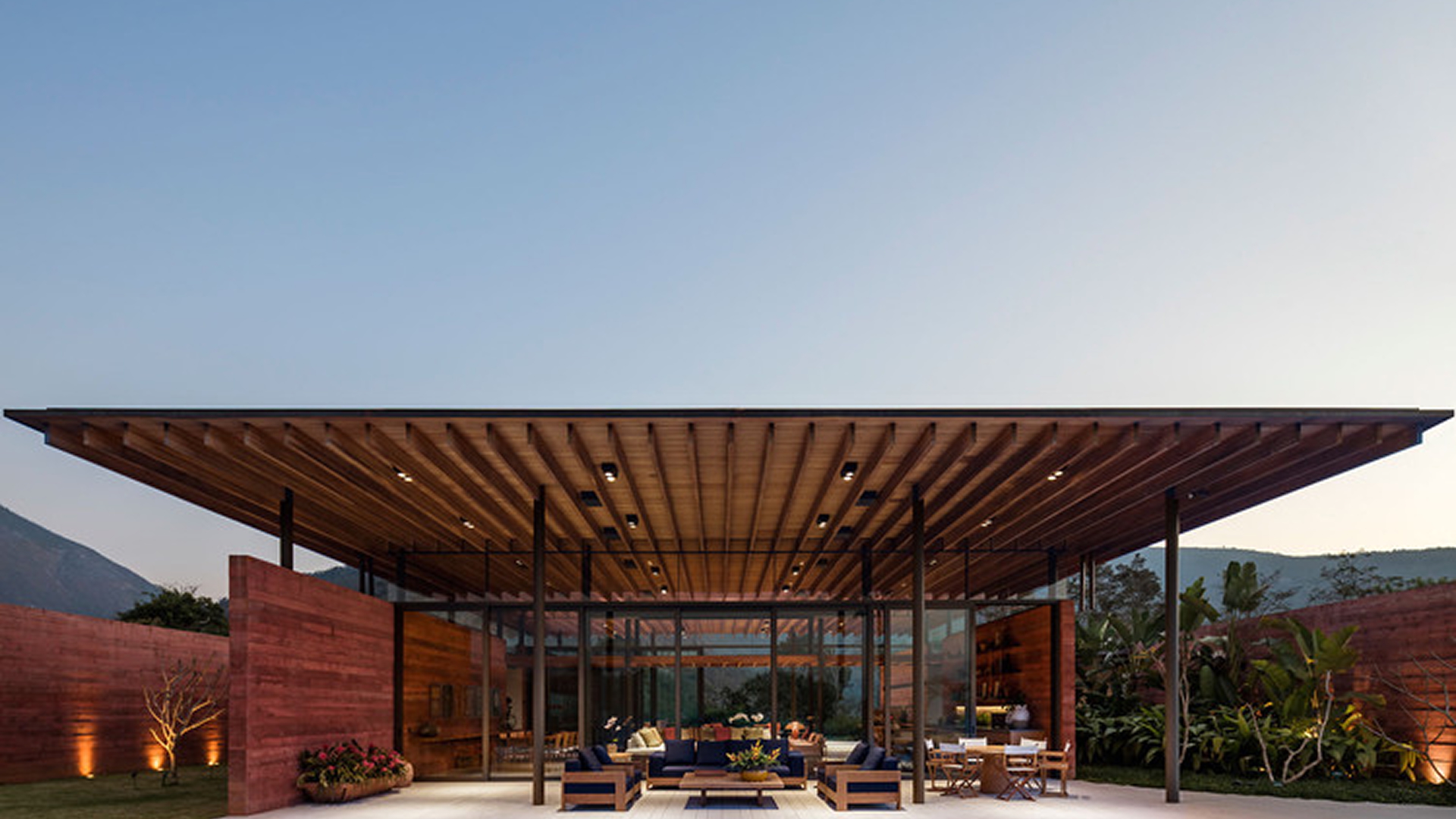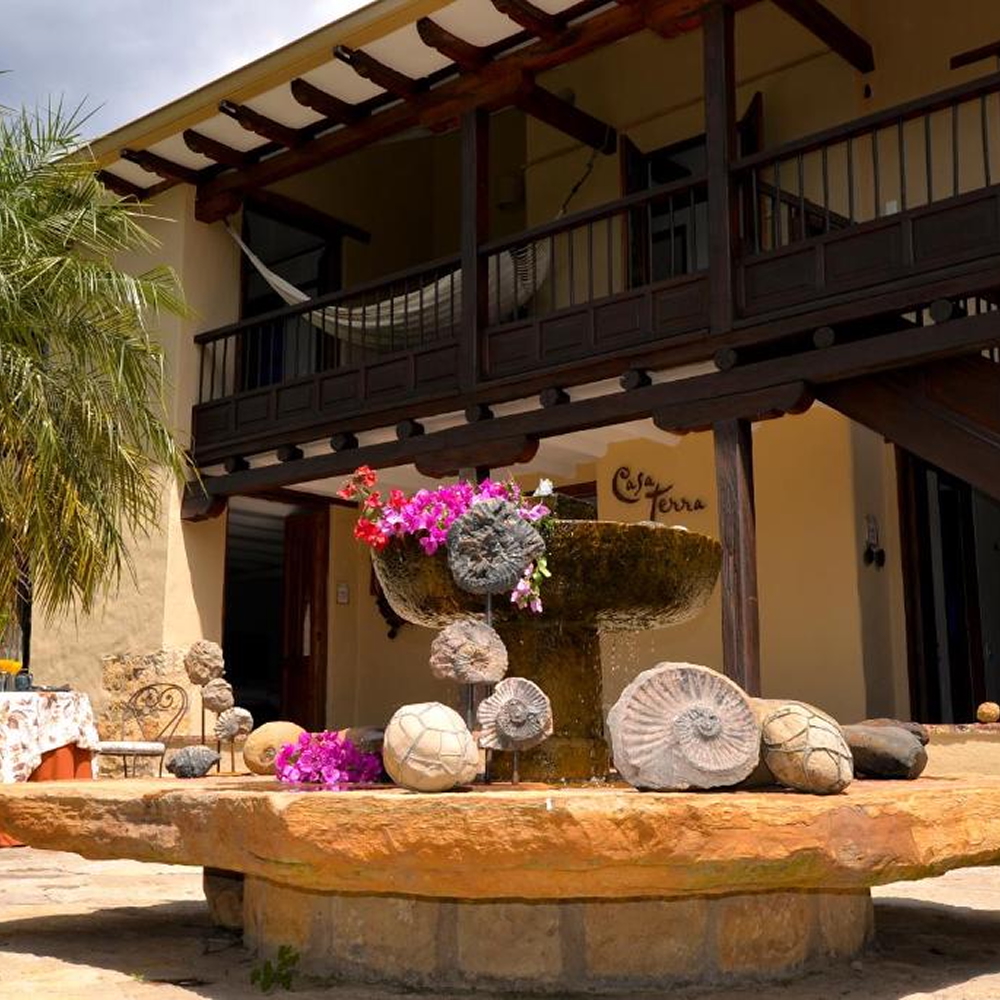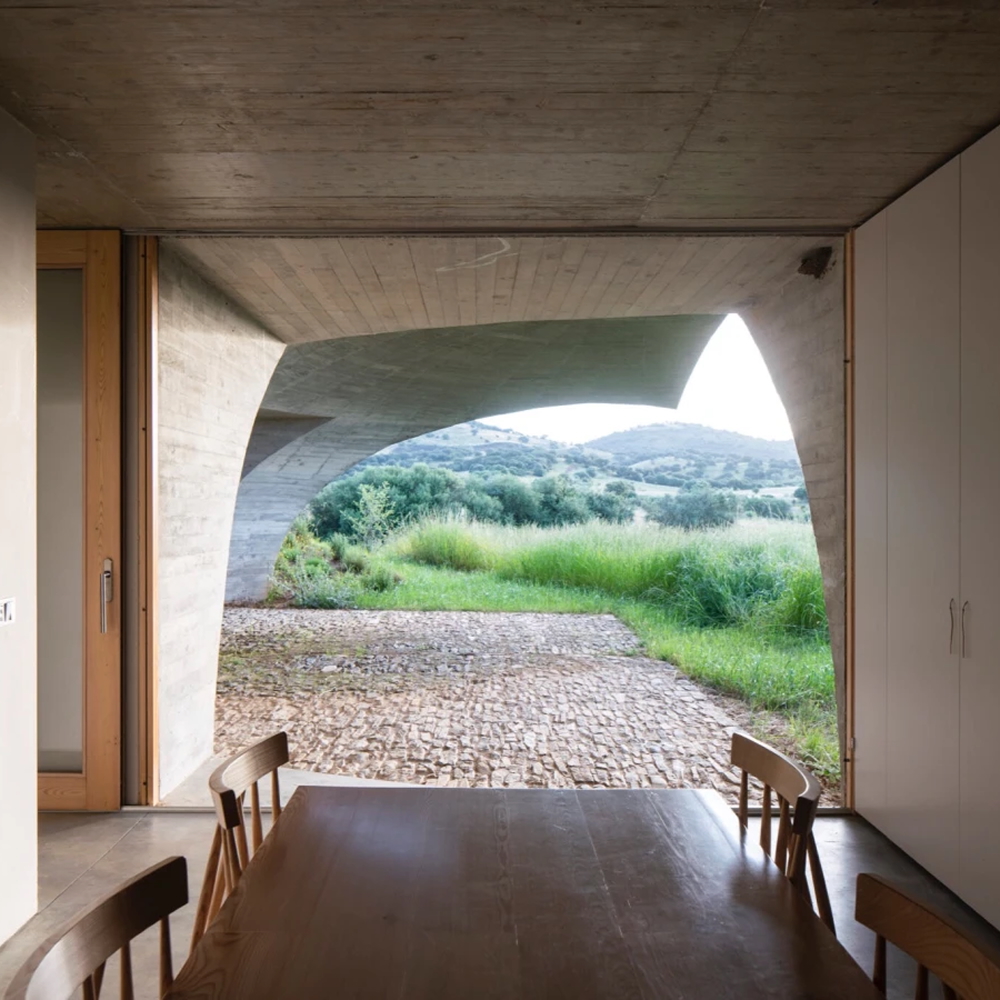

How small hospitality brands can punch above their weight: guerrilla marketing that works Visibility is often perceived as the privilege of large hotel groups, with vast budgets and media teams. Yet some of the most iconic campaigns in hospitality have emerged from small, independent brands that turned their constraints into a creative playground. By embracing surprise, storytelling and a strong sense of place, these properties managed to leave a lasting imprint on guests and the industry alike.
Guerrilla marketing thrives on tension: the ability to create maximum resonance with minimal resources. For independent hotels and restaurants, the challenge is not just to be seen but to become part of the cultural conversation. That means designing moments that feel unexpected, locally grounded, and emotionally intelligent, the kind guests remember and share.
In Paris, the ephemeral Hotel Vivier launched during Fashion Week with no traditional campaign. Instead, every room became an art installation curated by Roger Vivier’s creative team, playing with surreal visuals, tactile materials and sensory immersion. The concept lasted just five days, but its digital echo was massive, amplified by guests and fashion insiders who turned each space into a visual statement. Vogue and other fashion media covered the experience, proving that a limited-time concept can generate long-term storytelling.
When Le Refuge de Solaise opened in Val d’Isère, it leveraged altitude and isolation as storytelling assets. Its social media presence focused on humorous posts blending weather forecasts with poetic or absurdist commentary, positioning the hotel as both elegant and offbeat. The result was a steady flow of press mentions and influencer visits, all driven by tone rather than ad spend. The brand turned snow reports into storytelling, using personality as a vector for memorability.

What makes guerrilla marketing powerful is its participatory nature. Guests are no longer passive recipients of brand messages, they become the ones who shape and spread them. By embedding content-worthy touchpoints into the design, communication or rituals of a space, small brands invite their community to amplify reach and narrative without extra cost.
At The Dean Hotel in Dublin, guest rooms are laced with typography and quirky signage that practically beg to be photographed. “Do Not Disturb” signs become Instagram moments. Bold design choices, like neon phrases or unexpected objects, create a visual identity that guests want to capture and share. These micro-interactions, while playful, serve a strategic purpose: they turn the hotel into a co-branded visual experience, where each post builds the brand’s digital footprint.
In Los Angeles, The Line Hotel reimagines hospitality as cultural programming. From rooftop dinners with local chefs to rotating art installations in public spaces, each activation becomes an event worth attending and documenting. These moments are crafted not for algorithms but for real engagement, often earning media organically and attracting new audiences who value creativity as much as comfort. The Line doesn’t host events, it curates cultural energy that expands its brand narrative.


Guerrilla marketing becomes truly compelling when it reflects the brand’s purpose and the spirit of its surroundings. Rather than copying global trends, successful small brands look inward and express what makes them unique. Campaigns grounded in authenticity, emotion and ethics resonate more deeply and leave a meaningful trace long after the guest has gone.
Casa na Terra in Alentejo, Portugal, introduced a simple yet powerful initiative: tree planting. Each guest is invited to plant a native tree during their stay, with the process documented and shared across platforms. This isn’t just a sustainable gesture, it’s a narrative device that builds belonging. Every tree is a symbol of care, rootedness and continuity, aligning perfectly with the property's values and giving guests a story to bring home.
In Copenhagen, Brøchner Hotels transformed everyday rituals into brand signatures. Their “Good Morning. It’s Organic!” breakfast offering became a morning mantra, paired with aesthetic design and visual cues that guests loved to photograph and share. The hotel didn’t invent a spectacle, it elevated the ordinary through storytelling. By weaving values into touchpoints, Brøchner turned wellness and sustainability into quiet statements of brand identity, letting the space speak for itself.
In an age where consumers value emotion over exposure and connection over perfection, the power of a small hospitality brand lies in its agility and soul. Guerrilla marketing offers a toolset not just for visibility, but for impact. It gives brands the courage to play, to provoke, to invite, and to build movements, not just reservations. When campaigns reflect who you are and what your guests truly care about, attention follows naturally, and loyalty becomes inevitable.